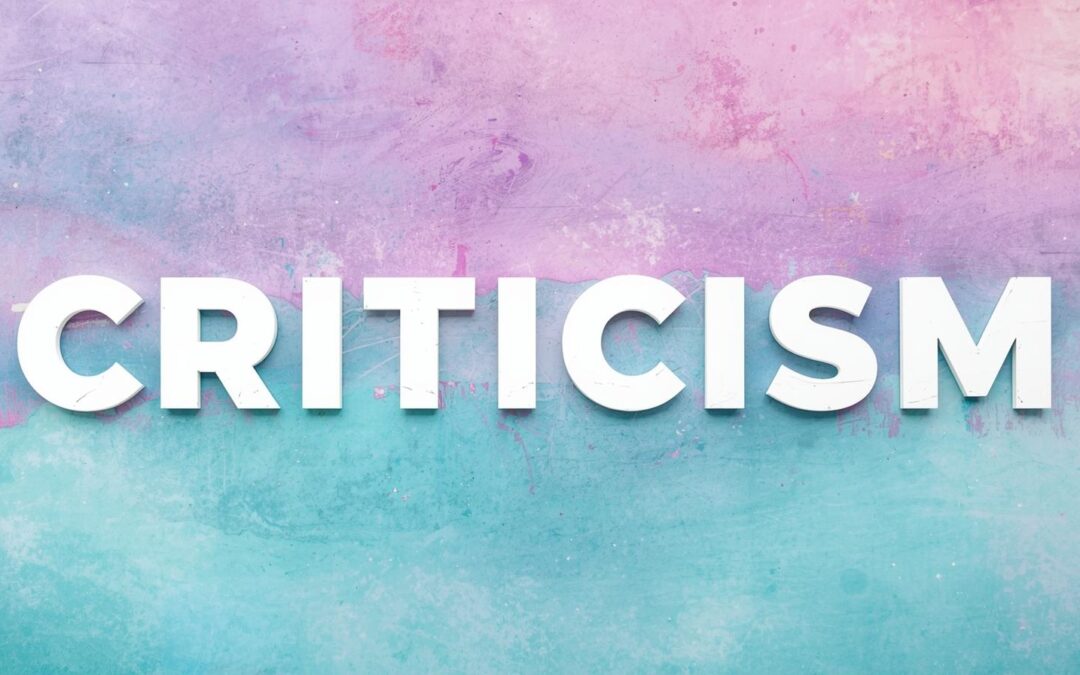A Good Process Isn’t Always the Right One For Everyone
We’re big fans of processes. They help us stay organised, thorough, and deliver what we say we’re going to deliver, on time and to a high standard. Over the years, we’ve fine-tuned how we onboard clients—there’s a flow to it, and it works really well.
Until it doesn’t.
Let me explain.
The Scenario
This week, I onboarded a new client for a project. We’d had a few calls before they chose to work with us—everything felt aligned. They agreed to move forward, we sent our usual onboarding bits, and off we went!
Or so I thought.
Not long after kicking things off, it became clear that something wasn’t quite clicking for this client. The process we normally use—the same one that’s helped us successfully start and manage numerous projects—just didn’t quite land for them.
And it got me thinking.
Our Process Is Solid… But That Doesn’t Mean It’s Universal
When something you’ve built with care and attention doesn’t work for someone, your first instinct might be to defend it. “But it works for everyone else!” That was my initial thought. And it’s true—our onboarding process is comprehensive, clear, and gets great feedback.
Benefit: It keeps things moving, ensures nothing is missed, and helps everyone feel supported from day one.
But! And it’s a big but…
Just because something works well for most people doesn’t mean it’ll work for everyone. And just because someone needs something different doesn’t mean we’re doing a bad job and it also doesn’t mean they are being difficult. In fact, recognising this was the turning point in this situation.
Openness Builds Trust
Thankfully, this client felt safe enough with us to speak up. They told us that parts of our process didn’t give them what they needed, and they explained why. That kind of honesty is gold.
Benefit: When clients feel safe to give feedback, we can grow, adapt, and deliver better outcomes. Everyone wins.
Instead of pushing back or making excuses, we asked more questions. What wasn’t working? Where were the gaps? What do you need more of, or less of, to feel comfortable and clear?
This was a chance to pause and really listen.
Adapting With Accountability
After chatting it through, we realised a few key things that helped us shape our approach differently for this client. We didn’t throw out the whole process—we adapted it to meet their expectations, not just our internal flow.
And that’s what it’s all about.
Benefit: A tailored approach means clients feel heard, seen, and supported. It deepens trust and delivers stronger results.
In doing this, we not only saved the project—we strengthened the relationship and lived up to our values:
Trust – They felt comfortable enough to be honest.
Respect – We acknowledged their feedback, not dismissed it.
Accountability – We took responsibility and adjusted.
Passion – We care enough to want to get it right.
Support – We gave time and space to talk through the problem.
Compassion – We considered their experience, not just ours and worked together for a resolve.
What This Means For You
If you’re a client or considering working with us, here’s what I want you to know:
-
We’ve got a solid system to guide you through working with us.
-
But we also understand that every business (and every person) is different.
-
If something doesn’t feel right, you can tell us. We want to know.
-
We won’t just listen—we’ll do something about it.
-
You’ll never be put through a one-size-fits-all sausage machine.
Benefit: You get a flexible, human approach from a team that truly gives a damn.
The Bottom Line
This experience reminded me that great service isn’t about sticking rigidly to “what works.” It’s about knowing what works and still being willing to flex when needed. It’s about respecting the uniqueness of every client. It’s about real relationships, not transactions.
So no, this wasn’t a setback—it was a step forward. For us, for the client, and for the way we grow.
With love
Kayleigh


